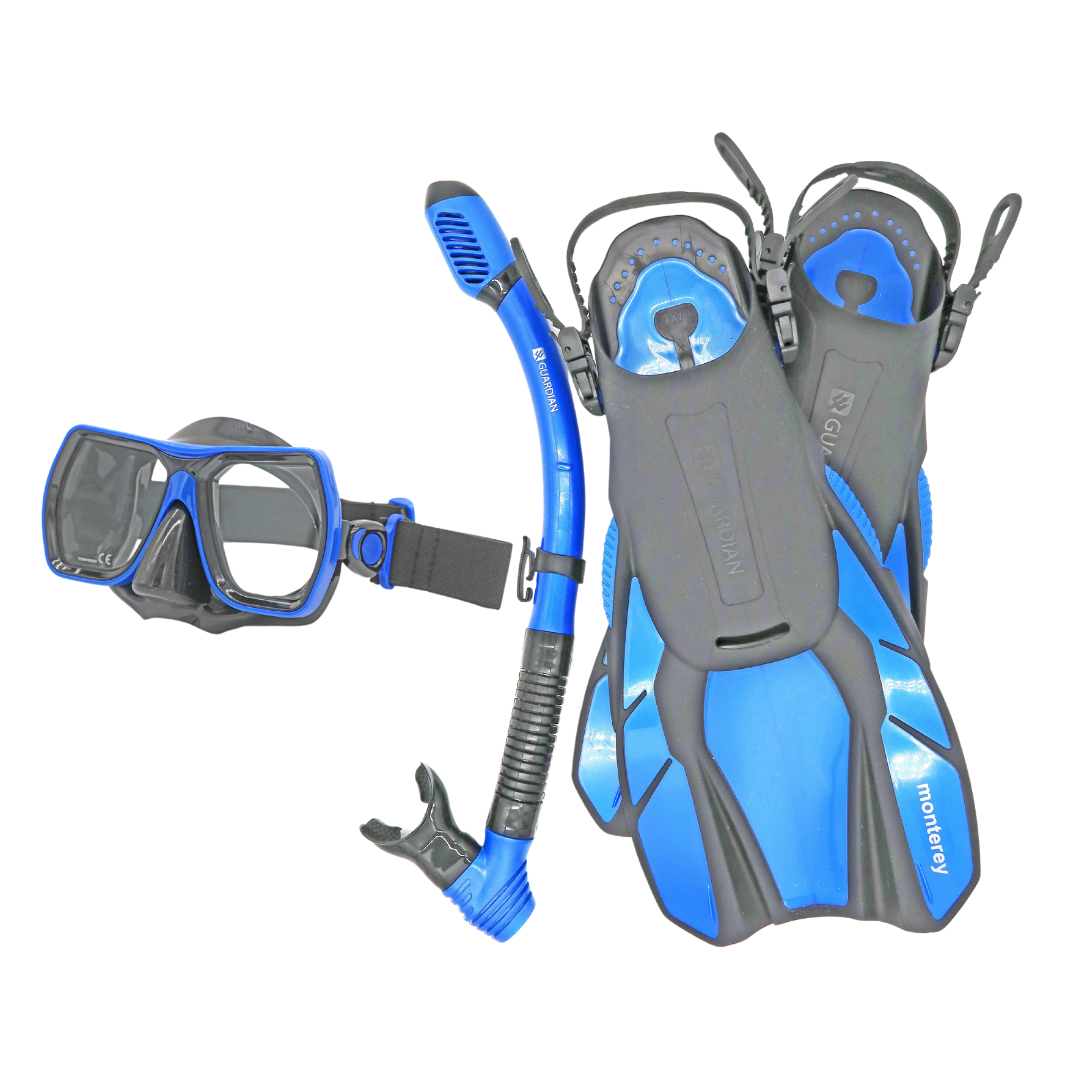SNORKEL SAFETY MESSAGES
RESPONSIBILITY FOR SAFETY LIES WITH THE SNORKELER
Why, when snorkeling seems to be a safe sport, do so many people get in trouble?
Because ---Snorkeling sometimes causes pulmonary edema, (accumulated fluid in the lungs), which results in hypoxia (critically diminished oxygen in your system)
SNORKEL INDUCED RAPID ONSET PULMONARY EDEMA (SI-ROPE)
Factors that may cause Pulmonary Edema in snorkelers are: 1) Breathing through a tube, 2) Being prone in the water, 3) Cardiac dysfunction, 4) Exertion, 5) Unable to touch bottom, and 6) Recent prolonged air travel may play a part.
This is the first time Drowning by ROPE has been identified as a snorkeling risk. It suggests some additional safety precautions for snorkelers.
The first indications of this condition are typically shortness of breath, fatigue, confusion, weakness. People also report panic, nausea and racing heart. If not interrupted, unconsciousness and death
can ensue in just minutes. Because hypoxia results in loss of neurological and muscular function, the individual is often unable to signal distress. This is hypoxia induced by Rapid Onset Pulmonary Edema—ROPE
RISK FACTORS
- EQUIPMENT: Snorkels with a higher degree of resistance to inhalation increase the risk of ROPE
- HEALTH: Heart conditions are significant risk factors., in particular diastolic dysfunction, which is an asymptomatic condition common in middle age people. A medical history of high blood pressure may be an indication of diastolic dysfunction.
- EXERTION: Increased exertion can precipitate or accelerate ROPE.
- RECENT EXTENDED AIR TRAVEL: It is possible that recent prolonged air travel may be a risk factor.
- BOATS: When jumping into the water from a boat there is little time to acclimate to the equipment, temperature, and conditions, and, once in, the snorkeler can’t touch bottom so must exert extra effort. These are all risk factors so extra caution is advised.
ADVICE TO SNORKELERS
- If you can’t swim, don’t snorkel
- Familiarize yourself with your equipment in shallow water
- If you have a heart condition, consider not snorkeling
- Avoid snorkels with constricted airways. Simpler the better
- Swim with a buddy
- Keep an eye on your buddy
- Stay where you can touch the bottom
- Be confident before moving to deeper water
- Check your location frequently. Every 30 seconds.
- Do not exercise or increase exertion while breathing through a snorkel
- If you suddenly become short of breath or fatigued signal for help and get out of the water immediately
- Consider waiting 2-3 days after extended air travel before snorkeling
WHAT TO DO IF YOU BECOME SHORT OF BREATH or FATIGUED
The first signs of trouble are typically sudden and unexpected shortness of breath and fatigue. Take off your mask and snorkel, signal for help, turn on your back, calm yourself, breathe slowly, and kick to where you can touch. Get out of the water ASAP.
ADVICE TO BYSTANDERS and BUDDIES: Help & Get Help
- Check it out. A snorkeler with decreased or cessation of motion may be in trouble
- Check it out. A snorkeler on his back may be in trouble
- Check it out. A snorkeler lagging behind the group may be in trouble
- Check it out. A snorkeler who says they are tired or short of breath may be in trouble
ADVICE TO RESCUERS
If you are able, tell snorkeler to take off their snorkel and mask, turn face up, relax and breath slowly, and pull them to safety either by their clothes or by hooking arms.
TREATING SOMEONE WITH ROPE
- Call for help as appropriate
- Prop the person in a sitting position
- Administer oxygen
Note: Rapid respiratory rate and continued shortness of breath may be signs of continuing hypoxia. A low oxygen state may last for hours. Use of oxygen while monitoring should continue until medical evaluation is concluded.
To learn more, go to www.snorkelsafetystudy.com


